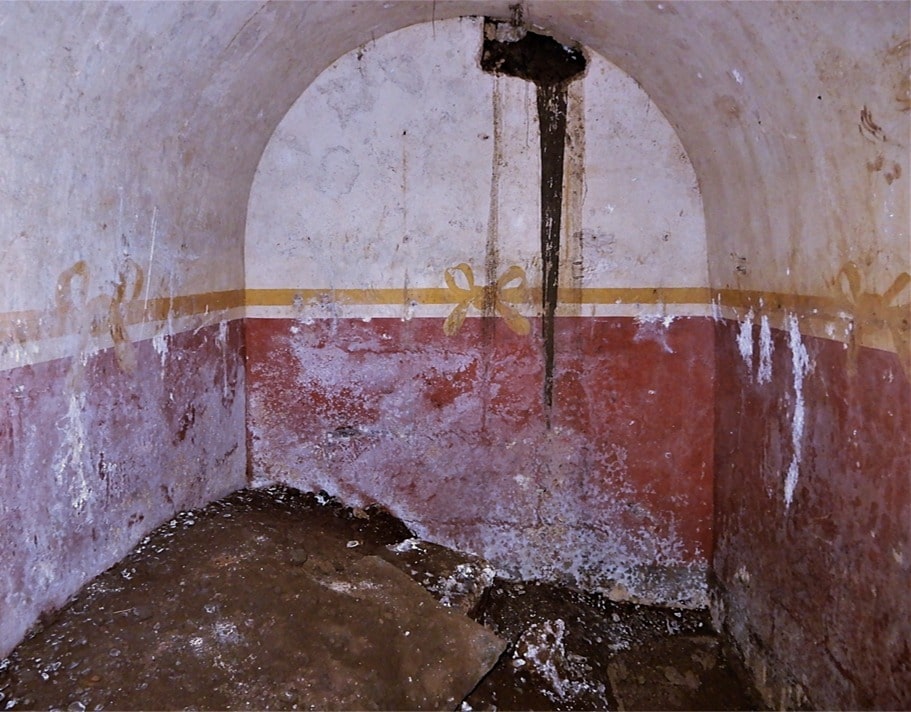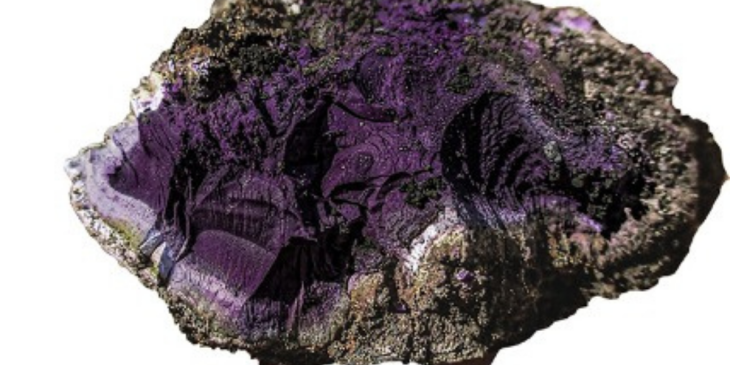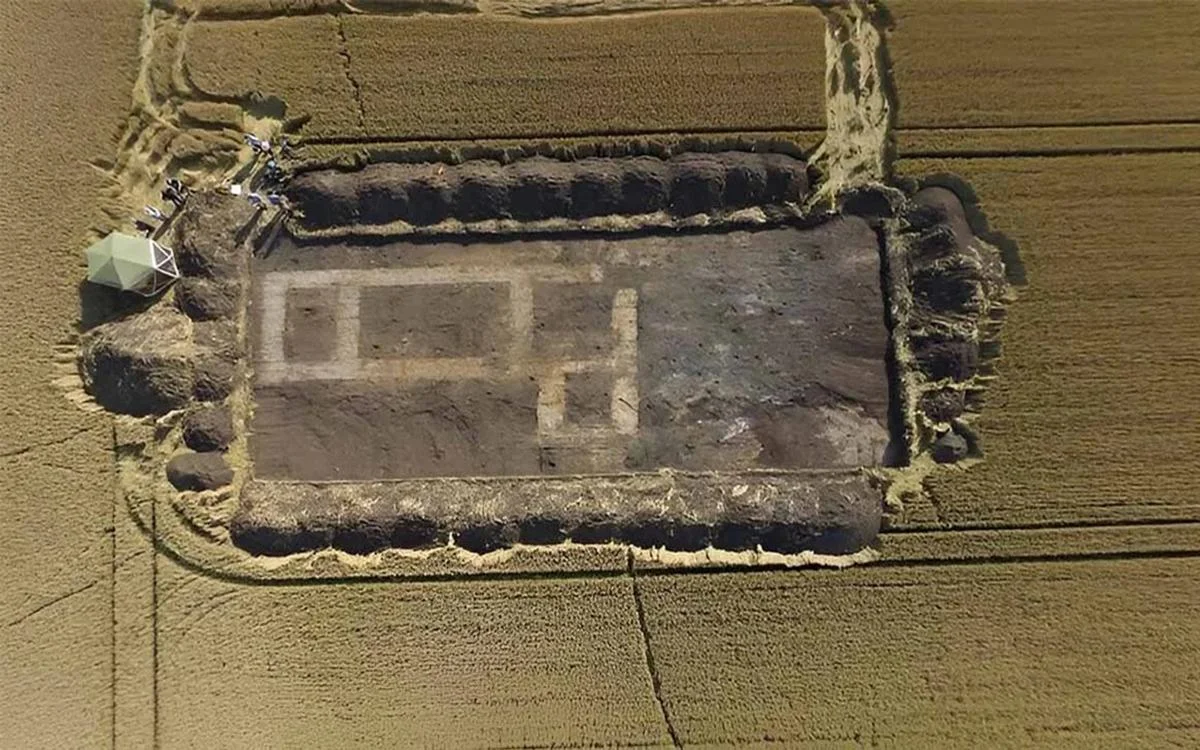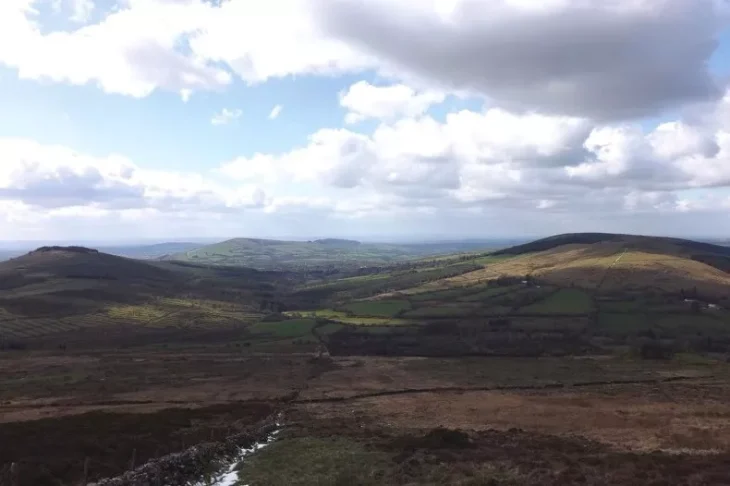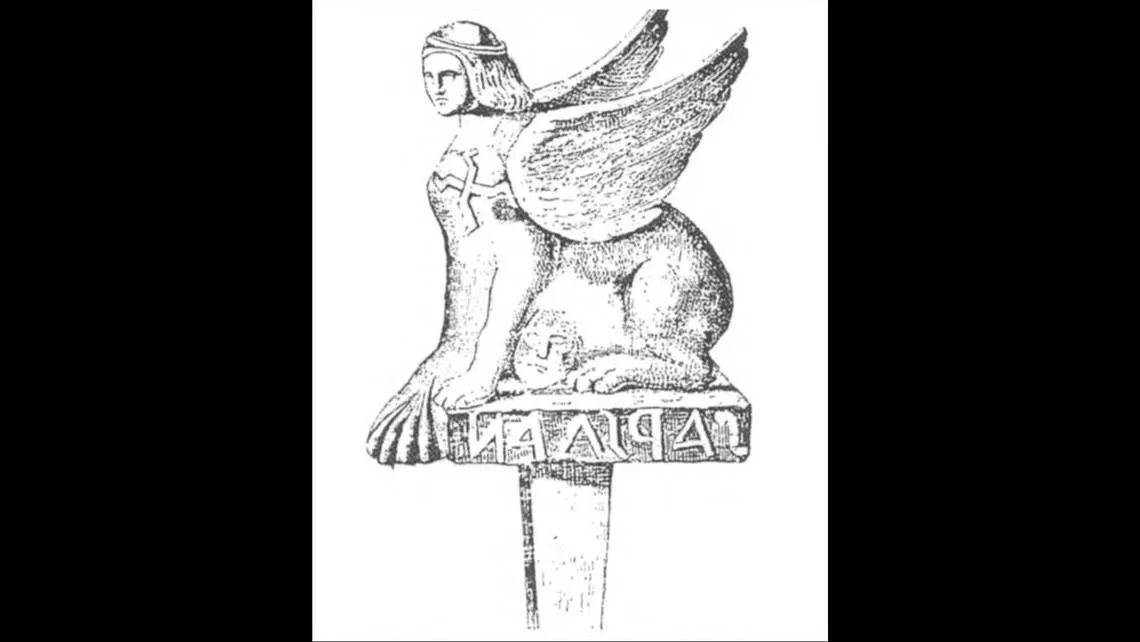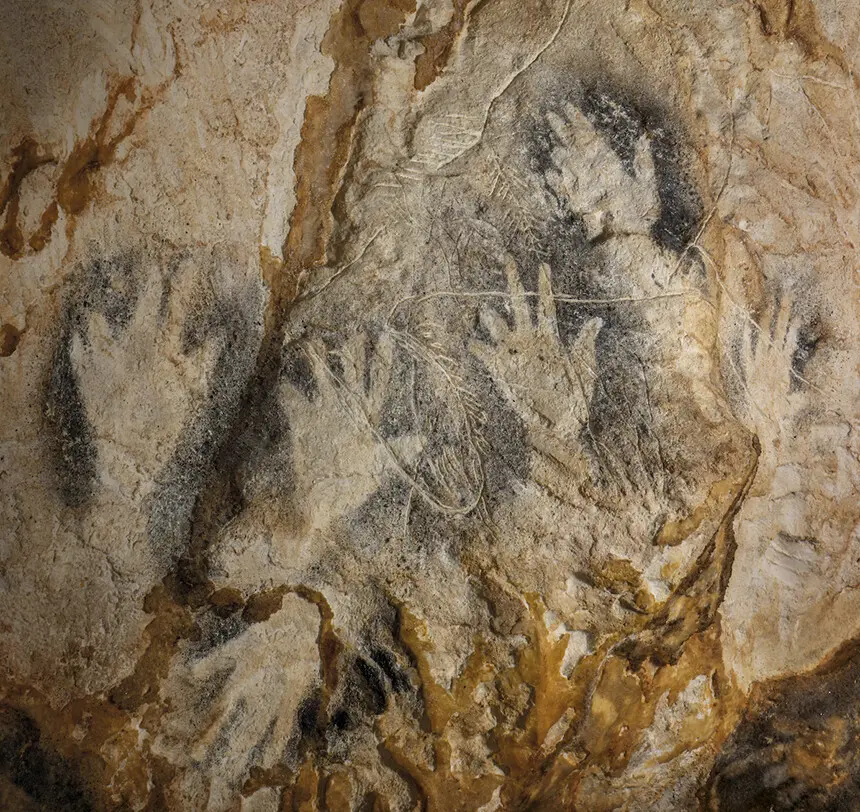The National Archaeological Museum of Athens announced that the unique “twin baby stele” from Ancient Greece has gone on display.
The stele of the unique twin babies will be on display for only a few weeks as part of the exhibition project “Unseen Museum“.
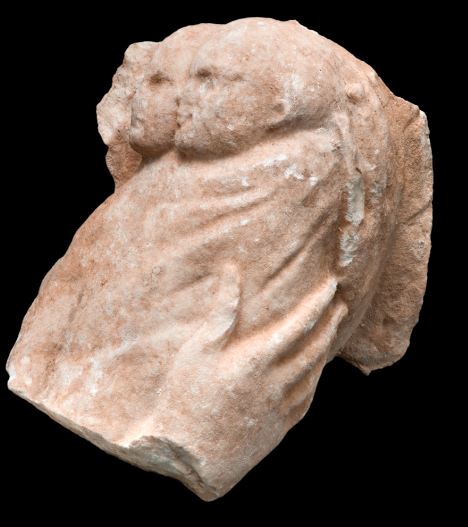
The fragment, known as the “stele of twin babies”, depicting two twin babies swaddled in the arms of a female figure, was found on a riverbank by a scavenger in 2008.
The heads of the twins are standing out from their swaddling clothes and the mother’s hands are seen holding their little bodies next to each other.

The “stele of the twin babies” is dated to the 4th century BC.
This is the only surviving funerary relief of the ancient Greek world depicting twin babies in the same arms, which indicates their common fate as orphans, the museum says in a statement.

The museum published a collage image of the stele of the twin babies with the relief of Philonoe, suggesting a reconstructed image of what the tombstone might have looked like as a whole.
The one-of-a-kind exhibit will be on display until May 13.
Cover Photo: Archive of the National Archaeological Museum of Athens




